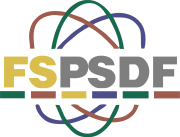
The public participation process for this project concluded on January 15, 2025, and no further extensions are permitted in accordance with the Spatial Planning and Land Use Management Act, 2013 (Act No. 16 of 2013).
In line with Section 20(3)(a) of SPLUMA, the completion of the draft Provincial Spatial Development Framework (PSDF) is hereby declared. The draft PSDF has been prepared in accordance with the components outlined in Section 21 of the Act, ensuring compliance with the legislative requirements for a PSDF.
The PSDF aims to build on the strategies and growth trajectories proposed in the Free State Province Growth and Development Strategy (PGDS). The PSDF is to guide and inform WHERE development should be encouraged. The PSDF also assits in shaping the provincial future through:



Developing a Provincial Spatial Development Framework for the Province.

Developing a Provincial Spatial Development Framework for the Province.
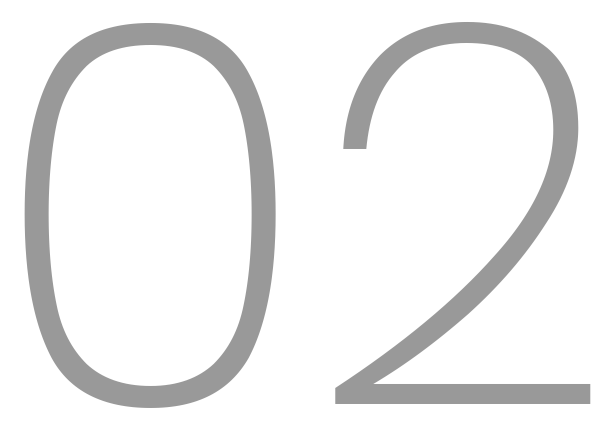
Section 12(1) of the SPLUMA states that national and provincial spheres of government must prepare spatial development frameworks.

To implement a Sustainable Development Pathway for the province.
The PSDF serves as a strategic guide to spatial development across the Free State. It aims to promote balanced and sustainable development by leveraging the province’s unique assets while addressing its challenges. The framework provides a spatial representation of the Free State Provincial Growth and Development Strategy (PGDS), aligning it with the Medium-Term Strategic Framework (MTSF) priorities to ensure sustainable, inclusive growth and prosperity.
The methodology to compile the PSDF allows for the following major components or phases:


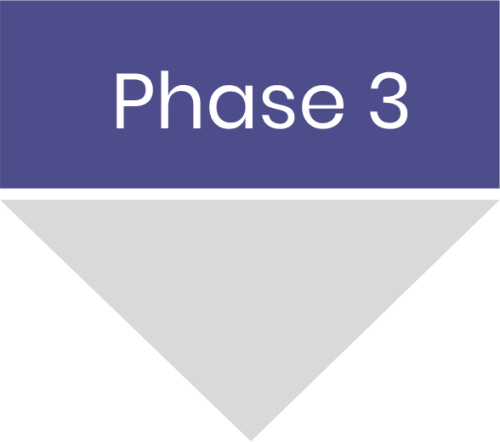

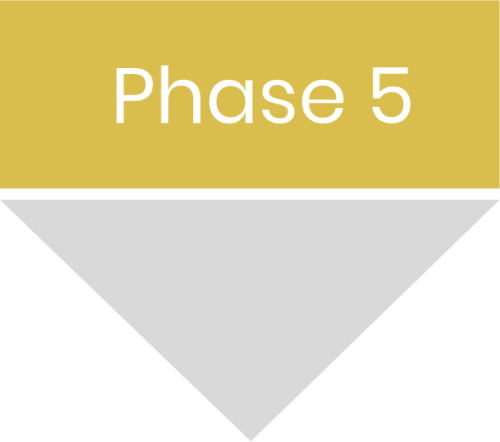
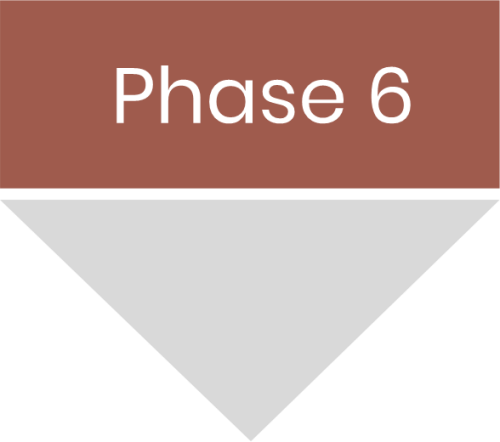
The Free State is one of the nine provinces of South Africa, located in centre of the country. It represents 10.6% of the total land area of the country.
It boasts with wide horizons, blue skies, mountains, and goldfields. The province covers an area of 129 464 km2 and is roughly the size of Nicaragua.
In 2011, the province had a population of 2.7 million with four district municipalities and one metropolitan municipality. The Free State is situated on the flat, boundless plains in the centre of South Africa.

All interested and affected parties are encouraged to participate in the process of developing the Free State PSDF.
Once the draft PSDF is compiled, it will serve as a tool for engagement and further public participation and consultation with Provincial Departments. A key stakeholder list will be compiled in conjunction with the Office of the Premier.
The engagement process and inputs, as well as responses, will be captured in a formal Engagement Report and submitted together with evidence of engagement events and opportunities.
Note: The public participation process concluded on January 15, 2025, and no further extensions are permitted in accordance with the Spatial Planning and Land Use Management Act, 2013 (Act No. 16 of 2013). Additionally, as per Section 20(3)(a) of SPLUMA, the completion of the draft Provincial Spatial Development Framework (PSDF) is declared. The draft PSDF has been prepared in alignment with the components outlined in Section 21 of the Act.
The methodology to compile the PSDF allows for the following major components or phases:

Inception Report

Policy Context, Status Quo, Situational Analysis, and Draft Vision

Spatial Challenges, Opportuniteis and Proposals

Implementation Framework

Consultation

Approval of final PSDF
Understanding regional planning and the context of planning outcomes as part of the provincial spatial framework
Key planning concepts used as part of the PSDF e.g., Bioregional planning, sustainable development, spatial planning categories
Spatial Strategies and development levers driving development in the Province
Land Use Management Guidelines and Policy Development
Spatial Governance and understanding intergovernmental roles and responsibilities
Implementation and monitoring of the provincial spatial agenda.